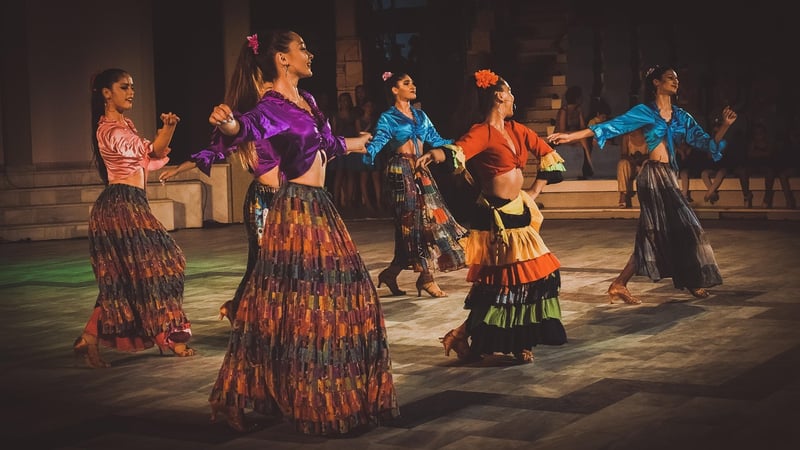Latin Dance
The Art of Expressive Movement in Latin Dance

Latin dance is not just about following steps; it's an art form that involves expressive movement, passion, and rhythm. In Latin dance, every movement tells a story, and dancers use their bodies to convey emotions and connect with the music on a deeper level.
Expressive Movement in Latin Dance
Expressive movement is a key element of Latin dance styles such as Salsa, Bachata, and Rumba. Dancers use their entire bodies to express the music's beats, melody, and lyrics. From the flick of a wrist to the sway of the hips, every movement in Latin dance is intentional and filled with emotion.
Passion and Emotion
Latin dance is known for its passionate and expressive nature. Dancers infuse each step with their emotions, whether it's the fiery energy of a Salsa performance or the sensuality of a Bachata dance. The connection between the dancers, the music, and the audience creates a powerful and moving experience.
Rhythm and Musicality
Latin dance is deeply rooted in rhythm and musicality. Dancers not only follow the beat of the music but also interpret it through their movements. The syncopated rhythms of Latin music allow for intricate footwork, body isolations, and dynamic partnering, all of which contribute to the expressive nature of the dance.
Benefits of Expressive Movement in Latin Dance
- Emotional expression
- Physical fitness
- Stress relief
- Improved coordination
- Connection with music and culture
Whether you're a seasoned dancer or just starting, embracing the art of expressive movement in Latin dance can enhance your overall dance experience and help you connect more deeply with the music and your partner.
So next time you hit the dance floor, remember to let your body express the passion, rhythm, and emotion of Latin dance!

Image Source: Pixabay
